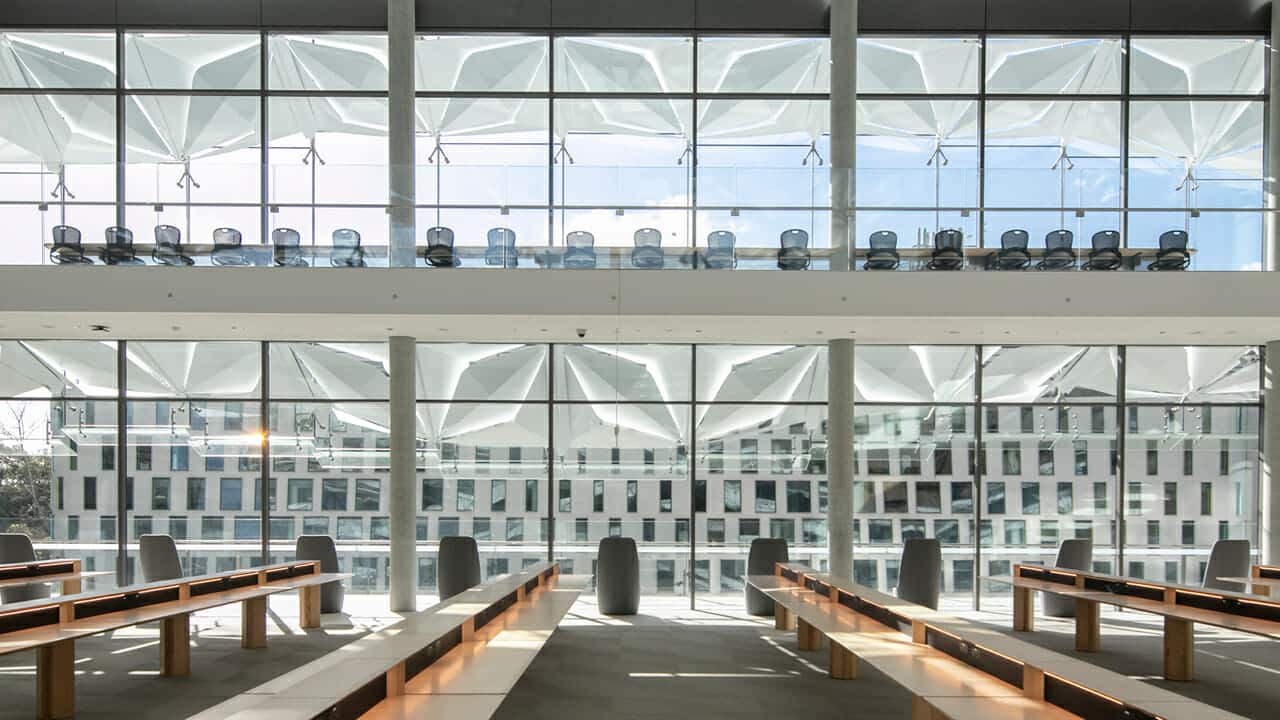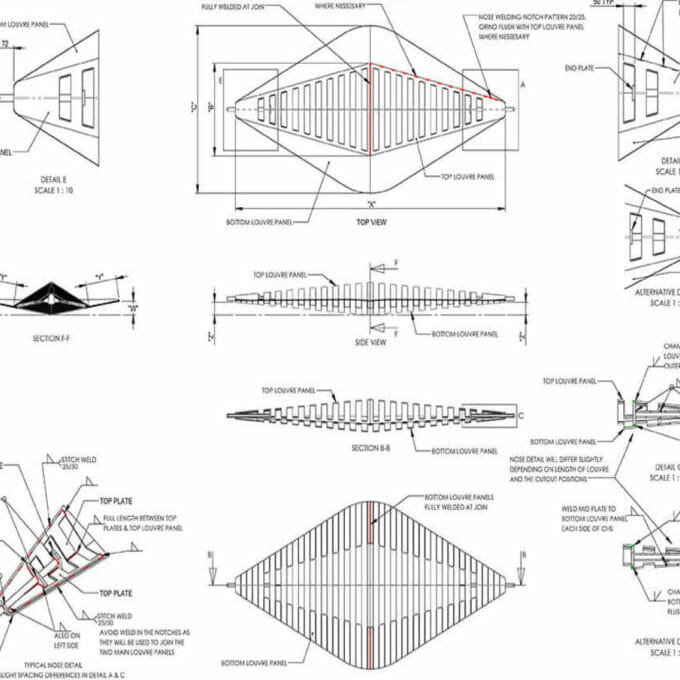-

-
Why the Detailed Design phase is so important to an architect
Explore the benefits of collaborating in the early stages of your design, Tilt collaborate with architects in a whole range of ways, including on unique architectural features.
-
We’ve undertaken hundreds of projects over the years, and in our experience, there’s one key phase critical to the project’s success – Detailed Design. The Detailed Design phase takes place once there’s a general design concept that’s been agreed upon by an architect and their client.
At Tilt, we’ve found the Detailed Design phase most successful when there’s close collaboration between the project team, which always includes an architect and in addition, often includes structural and electrical engineers, a range of specialist consultants and manufacturers and Tilt.
There are several steps in the Detailed Design phase, such as compiling the CAD models and drawings, production files, and detailed engineering reports. This enables an assessment of the work done to date. It’s the final step that seeks a last round of feedback before committing to production.
-
This is a phase when Tilt can really assist architects, by detailing and tolerancing drawings correctly. We can communicate any risks and consider how the project can be successfully managed in production and installation.
Reviewing the detailed design documentation is the last real opportunity for architects to highlight any perceived risks involved with our interpretation of your design feature, and proposed integration with the rest of the building.
The architect is asked to review the majority of the technical integration details including aesthetics. You also have the opportunity to make adjustments to ensure a great design outcome, while the structural engineers will review engineering and compliance requirements. Manufacturers will quote from shop drawings and builders will assess potential site integration risks.
-
In the case of Tilt’s recent UTS Central project, façade specialists also reviewed the overall body of work as an independent third party.
-

-
Latest news and insights
-
Enquiries
New business — studio@tilt-industrialdesign.com
Careers — studio@tilt-industrialdesign.com
Press & media — marketing@tilt-industrialdesign.com
We acknowledge the Traditional Owners of Country throughout Australia and their continuing connection to land, waters and community. We celebrate the value and diversity of First Nations art forms, cultures and languages, and their ongoing significance today. We pay respect to Elders past and present.